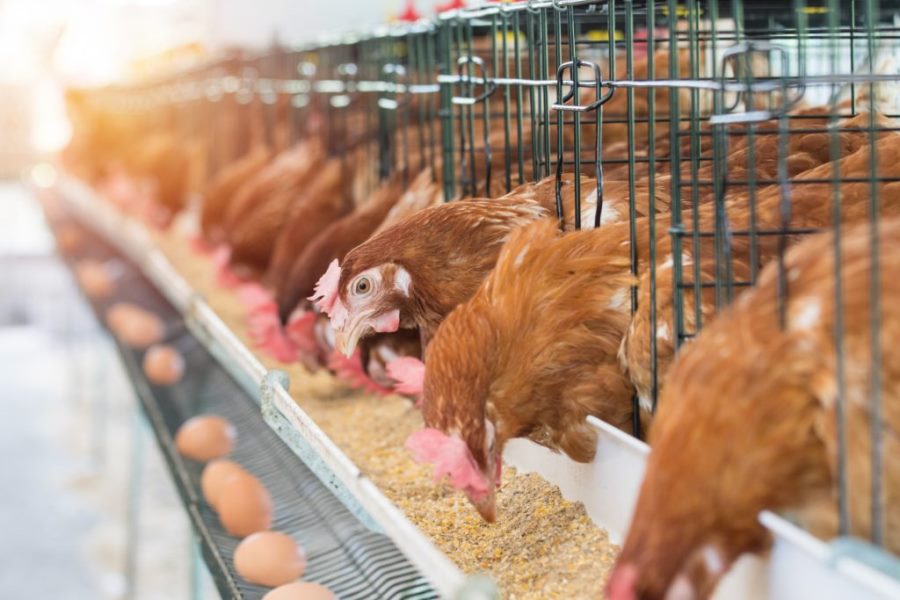Ongoing avian influenza outbreaks in animals pose risk to humans
July 13, 2023
…Situation analysis and advice to countries from FAO, WHO, WOAH
The current outbreaks of avian influenza also called “bird flu” have caused devastation in animal populations, including poultry, wild birds, and some mammals, and harmed farmers’ livelihoods and the food trade.
In a joint statement by the Food and Agriculture Organisation of the United Nations (FAO), the World Health Organisation (WHO), and the World Organisation for Animal Health (WOAH) they are urging countries to work together across sectors to save as many animals as possible and to protect people.
According to the statement, although largely affecting animals, these outbreaks pose ongoing risks to humans.
Avian influenza viruses normally spread among birds, but the increasing number of H5N1 avian influenza detections among mammals—which are biologically closer to humans than birds are—raises concern that the virus might adapt to infect humans more easily.
In addition, some mammals may act as mixing vessels for influenza viruses, leading to the emergence of new viruses that could be more harmful to animals and humans.
The goose/Guangdong-lineage of H5N1 avian influenza viruses first emerged in 1996 and have been causing outbreaks in birds since then. Since 2020, a variant of these viruses belonging to the H5 clade 2.3.4.4b has led to an unprecedented number of deaths in wild birds and poultry in many countries in Africa, Asia and Europe. In 2021, the virus spread to North America, and in 2022, to Central and South America.
In 2022, 67 countries in five continents reported H5N1 high pathogenicity avian influenza outbreaks in poultry and wild birds to WOAH, with more than 131 million domestic poultry lost due to death or culling in affected farms and villages.
In 2023, another 14 countries reported outbreaks, mainly in the Americas, as the disease continues to spread. Several mass death events have been reported in wild birds, caused by influenza A(H5N1) clade 2.3.4.4b viruses.
Monitoring the recent surge in outbreaks among mammals
Recently, there have been increasing reports of deadly outbreaks among mammals also caused by influenza A(H5)—including influenza A(H5N1)—viruses. 10 countries across three continents have reported outbreaks in mammals to WOAH since 2022.
H5N1 viruses have also been detected in domestic animals such as cats and dogs in several countries, with recent detections of H5N1 in cats announced by authorities in Poland.
“There is a recent paradigm change in the ecology and epidemiology of avian influenza which has heightened global concern as the disease spread to new geographical regions and caused unusual wild bird die-offs, and alarming rise in mammalian cases,” said Dr. Gregorio Torres, Head of the Science Department at WOAH.







